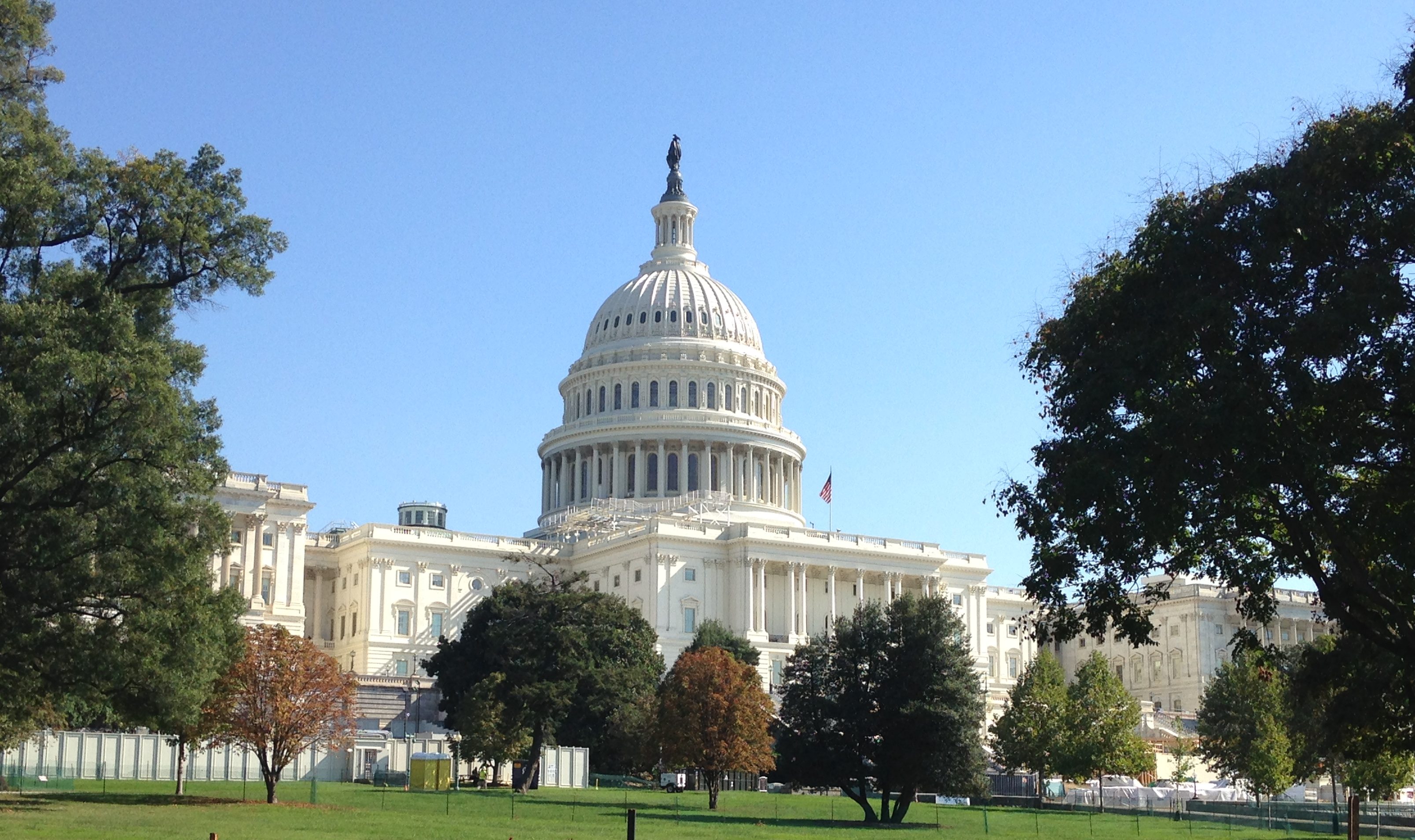by Diarmuid Coughlan
It’s a new dawn, it’s a new day in America. The Trump administration is now in power. From the get-go, the new President has been busy signing executive orders on his campaign pledges which included repealing the Affordable Care Act (aka ‘Obamacare’). Another pledge, President Donald Trump has repeatedly made is that he will change the way the country bids on drugs to bring prices and spending down. Does this mean that cost-effectiveness analysis (CEA) is ready for prime-time?
Many in the field hope so but they’re uncertain about what mechanisms the new regime will implement. Last month (Dec 7th 2016), the authors of the 2nd Panel on Cost-Effectiveness in Health and Medicine met on Constitution Avenue in Washington DC, less than 1 mile from Congress and the White House, to discuss the fruits of their arduous labour. The timeline on the Panel’s website is testimony to the time taken (over 5 years) from concept to publication. The meeting was limited to about 150 people and was a who’s who of the CEA field in the US, with a few curious foreign observers like myself also in attendance. The mood was…a bit pessimistic/dispassionate/flat about CEA’s role in health policy. A malaise of structural uncertainty.
By way of context, on October 27th 2016, the published response of the Democratic Presidential candidate, Hilary Rodham Clinton, to the New England Journal of Medicine (NEJM) request for policy solutions to high healthcare costs could be interpreted as favorable to use of CEA in public payer decisions. The NEJM piece stated that she would “…allow Medicare to directly negotiate for better prices” which got CEA practitioners hopeful about their relevance in the discussion on escalating drug prices. The then candidate, Donald Trump, did not respond to NEJM’s request.
2nd Panel Recommendations:
Co-editor, Peter Neumann (CEA Registry, Tuft’s University), kicked off the Panel’s meeting with an overview of the chapters in the book. He outlined that 4 new chapters – Reference Cases, Modeling, Evidence Synthesis and Ethical Considerations – were now included in the updated text. Indeed, since the 1st recommendations in 1996, technical developments such as Network Meta-Analysis, Probabilistic Sensitivity Analysis and Value of Information have become standard practice in the academic CEA world. David Meltzer (University of Chicago) and the only European on the Panel, Mark Sculpher (University of York), followed by speaking to the theoretical foundations and controversies underpinning the Panel’s recommendations. Coincidentally(?), the night before the CEA panel’s meeting, ‘Renowned Troublemakers’ (As the Academic Health Economist’s Blog calls them), Mike Paulden, James O’Mahony and Chris McCabe tweeted their wittingly entitled discounting paper on what they considered wrong with the recommendations. Succinctly, they argue that using the same discount rate for both costs and the consumption value of health is the critical flaw they see in the Panel’s CEA recommendations.
For a perfect synopsis of the Panel’s actual recommendations, please read Peter Neumann and Gillian Sanders’ commentary in the NEJM. Perhaps, the use of two reference cases is the most curious development in the recommendations; one based on the societal perspective and another on the health care sector perspective. CEA was walking a tight-wire in the US after being ‘outlawed’ in the Affordable Care Act; so, it’s no great surprise that a ‘happy medium’ was reached to enable US CEA practitioners present decision-makers with both perspectives. This is achieved by utilizing an ‘impact inventory’; a structured table listing the health and non-health effects of an intervention that should be considered in a societal reference-case analysis. Maybe, this is a case of pragmatism trumping idealism (Sorry!). The addition of two worked examples in the 2nd edition is also a real bonus for CEA practitioners.
What next?
At the tail-end of the Obama administration, value frameworks (e.g. Institute for Clinical and Economic Review (ICER), Drug Abacus, American Society of Clinical Oncology’s Value Framework) were all the rage in the US. President Trump likes talking about ‘deal-making’. Maybe, CEA has a chance to shine as a way to broker ‘deals’ between Pharma and Payers in the US. Currently, academic experts are not in vogue and therefore it is more likely that it will be other stakeholders (e.g. consultancy firms) that will be tasked with assisting the new administration with such business arrangements. What is more certain is that the 2nd panel’s recommendations will be discussed for many years to come in many other jurisdictions.
Finally, huge credit and congratulations to all involved on delivering this updated version of the landmark text. Given the number of younger academics in attendance at the Panel meeting eager to ask questions, the authors for the 3rd panel are ready to step-up to the plate and let’s hope that it won’t take another 20 years.
The recordings on the 2nd panel are now available as is the book. The original panel recommendations were often referred to as the ‘Gold recommendations’; a nod to Marthe Gold, original editor and the colour of the cover, which has remained in the 2nd edition (Nice touch!).


